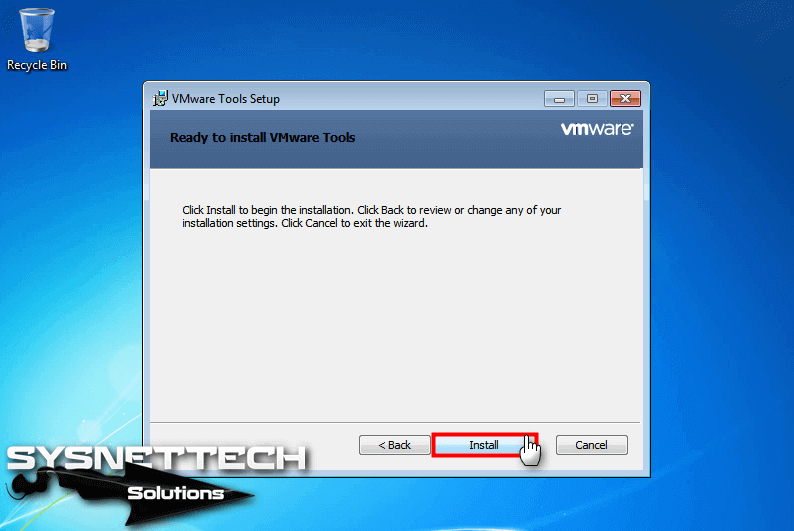

- Review vmware fusion 7 how to#
- Review vmware fusion 7 install#
- Review vmware fusion 7 pro#
- Review vmware fusion 7 software#
I wasn’t as impressed, however, at the sluggish performance of VMWare Fusion 3 when the VM loaded up. But, if you need a great virtualization option, it's my current pick. When VMWare Fusion 3 was released, I downloaded the trial and was impressed at how easy it was to migrate a copy of my Parallels Windows 7 VM over to Fusion.
Review vmware fusion 7 install#
Existing users of Fusion 5 and Fusion 6 can upgrade for just 49.99 and 79.99. VMware Fusion 7 (for Mac): Installation VMware Fusions starting screen gives you two choiceseither use a DVD or disk image to install Windows, or import data from another PC.
Review vmware fusion 7 pro#
The downside is that if you're on a laptop battery, Parallels can drain it pretty quickly. VMWare Fusion 7 and Fusion 7 Pro are now available for 69.99 and 149.99, respecitvely, from VMWare.

Parallels also offers remote access service called Access (it's subscription-based and optional), which makes it easy to access your virtual machine from anywhere.

3D graphics run more slowly than Boot Camp due to virtualization - after all, when your Mac is booted into a Windows Boot Camp partition, it is, for all intents and purposes, a Windows PC. Boot times are less and 3D graphics run faster. Having said that, I've found that Parallels Desktop 10 works faster on my Mac (a 2013 15-inch Retina MacBook Pro) than VMWare Fusion 7 does.
Review vmware fusion 7 software#
They're always battling for dominance in the Mac virtualization software market. So in many ways, Parallels Desktop and VMWare Fusion play an arm-wrestling game with each other. That makes it easy to open apps and documents and launch Windows without creating a lot of disruption (or even a lot of open extra windows) on your Mac. Both offer advanced integration with the Mac environment.
Review vmware fusion 7 how to#
How to install Windows 10 on your Mac without spending a dimeīoth Parallels Desktop and VMWare Fusion make it very easy for you to set up a new virtual machine and configure it to run Windows and Windows apps optimally. Frankly it's not nearly as polished or optimized for speed as either Parallels Desktop or VMWare Fusion, but free is good, and it's good enough to get by in a pinch. If your budget is tight, there's another option too - virtualBox, from Oracle. So this isn't an end-run around the cost of getting Windows or Windows software. You have nothing to lose.īear in mind that you will need a valid Windows 10 license to install any instance of Windows on your Mac same goes for any Windows apps you want to use. What's more, both vendors make trial versions available for download, so I heartily encourage anyone interested in giving them a try to do so. You can read the entire article in order by using the “Next” and “Previous” buttons, below, or you can jump directly to a particular section by clicking on it in the Table of Contents, which is present at the bottom of every page.īefore we get to the Fusion 8 benchmarks, however, let’s take a few moments to discuss the new features in VMware Fusion 8, and its pricing and availability.First of all, let me say that I think either Parallels Desktop or VMWare Fusion are excellent choices for virtualizing Windows. This article is divided by category into multiple pages for easier navigation. We’ll put those claims to the test and determine what tangible benefits Fusion 8 has over Fusion 7 and, in the pending VM Benchmark Showdown, see how it fares against its free and commercial competitors. This year VMware aims to recapture the performance crown, while maintaining its existing advantages. When it comes to features and performance, the two products have traded blows for several generations, but Parallels has often held the performance lead, especially when it comes to 3D graphics support, while Fusion has frequently been more stable, provided better battery life, and offered multi-platform VM compatibility with VMware’s Windows and Linux software. As a bit of background and history for those new to OS X virtualization, Fusion and Parallels have been the two major commercial options for virtualizing x86-based operating systems in OS X.







 0 kommentar(er)
0 kommentar(er)
